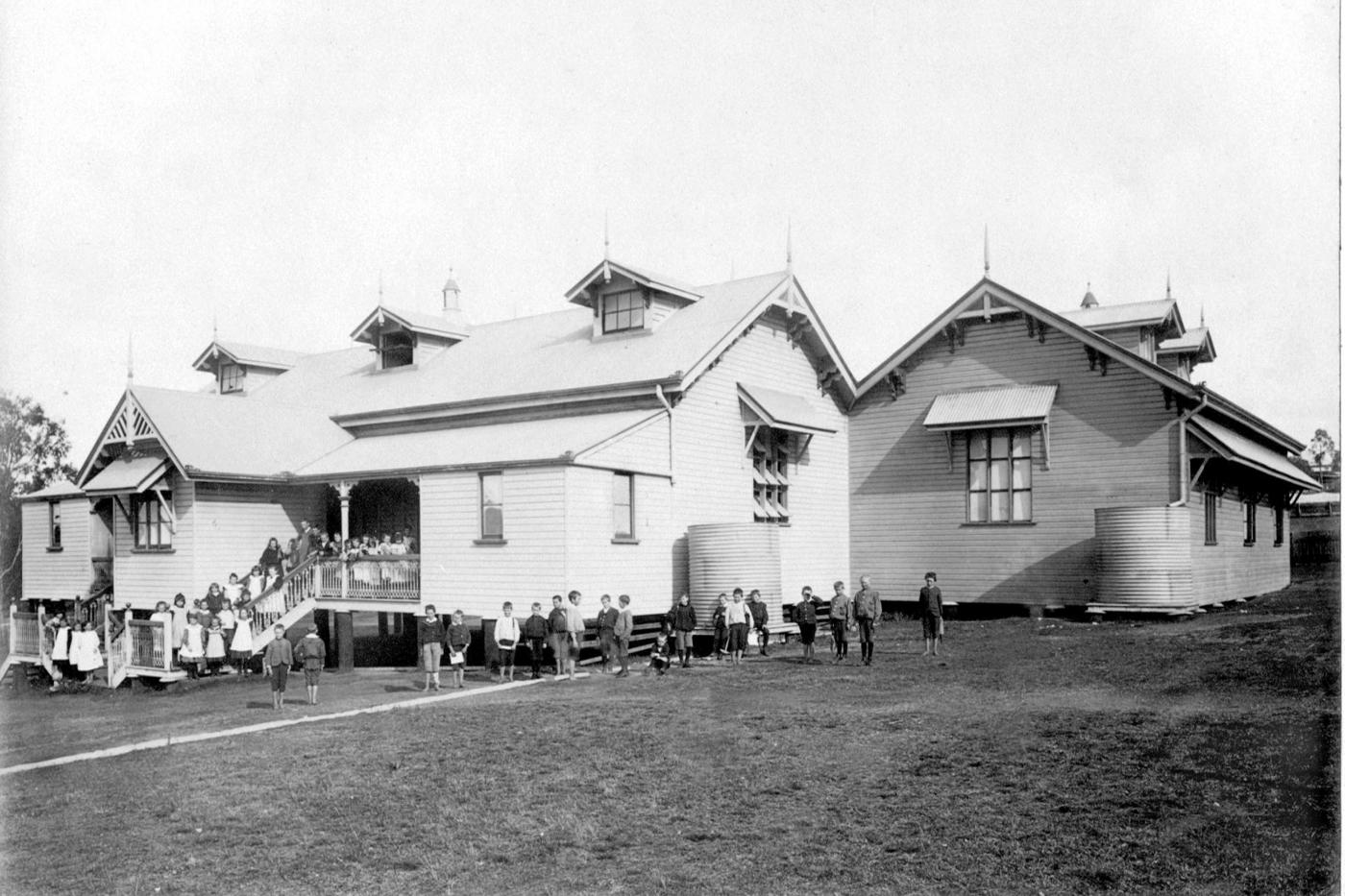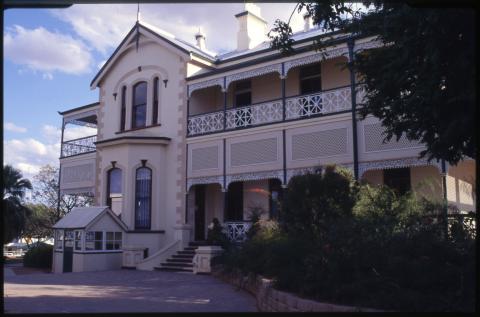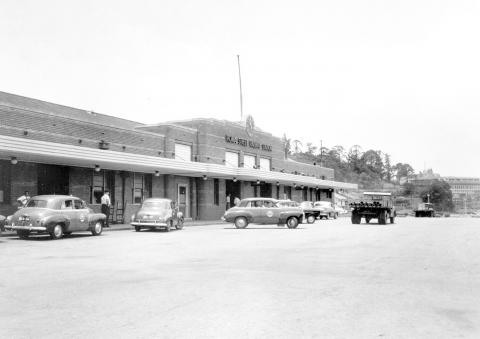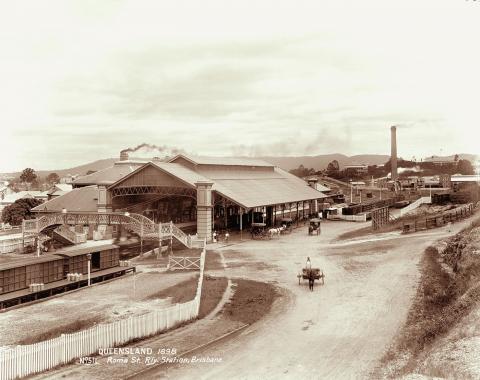
- News of the day
-
Telegraph, Thursday 12 July 1894, page 2
New State School.
Eagle Junction and Clayfield.
The site for the new Eagle Junction and Clayfield State school has been finally selected and approved by the Education Department, and the preliminary steps towards transferring the title to the Minister have been taken. The ground selected is on what is locally known as Mr. Robinson's paddock, and it is situated on a quiet road off the Old Sandgate road, and nearly opposite to the Rev. W. O. Lilley's church. The position is central, high and dry, and has a northeasterly aspect, commanding a rather pretty view over Eagle Junction, Nundah, and thence on towards Moreton and other islands in the bay. The area is a little over an acre, and the price agreed upon (£260) must, even in these dull times, be considered satisfactory. The residents of this salubrious suburb are to be congratulated on the results so far attained. It is understood that the local contributions required by the regulations towards the purchase have already been collected, and a considerable amount towards the building fund has been promised, so that there is reason to hope that the building, for which the present time is very favourable, will soon be commenced. The committee deserve great credit for the way in which, after two or three previous failures, they have brought the matter to a successful issue. The residents will, no doubt, show their appreciation of the work by helping to raise the balance (about £200) required towards the building fund.
- Background
-
In 1895 Eagle Junction State School opened on one acre of land with 279 students. Originally known as the Clayfield school, its name was changed to Eagle Junction in 1901. The name change was primarily to ensure that school supplies sent by rail were offloaded at the Eagle Junction station rather than the Clayfield station, as the former was closer to the school.
The school expanded to accommodate population growth in the area due to the introduction of the train (1882) and trams (1902). By 1916, the student numbers had grown to 1,000, although only 700 could be comfortably accommodated. To help alleviate this problem, the head teacher's residence was relocated to nearby Winifred street and an open-air annex built in its place in 1918.
The first student to be enrolled at Eagle Junction State School in 1895 was Elvira Lyons , the daughter of the first headmaster Denis Tracy Lyons. Other notable students who have attended the school include Neal Macrossan, Rhodes Scholar and later Chief Justice of Queensland; Dame Annabel Rankin, the first woman appointed to a Federal Ministry; professor Emeritus Tess Crammond, foundation professor of anaesthetists in the University of Queensland; and Daniel Lightfoot, a leading fashion designer.
Efficient use of limited space has been a constant challenge and the purchase of private residential land, the introductions of demountable buildings and multi-level teaching blocks have helped to cope with increasing numbers of students.
There are significant historical features at the school including the memorial gates on Roseby Avenue, the sundial in front of a block and the memorial library which houses a magnificent leadlight window. The introduction of the preparatory year in 2007 ushered in a new era in education resulting in the construction of additional buildings and playgrounds. 2011 will see the completion of the new library, resource centre, EJ kid's care facility, and classrooms as part of the building education revolution.
The pursuit of excellence in academic, sporting and cultural achievements coupled with a sense of community service has made Eagle Junction State School a proud school with a respect for its past and for those who have shared in it.
Courtesy of Eagle Junction State School
/153.0507609,-27.4176519,7/450x450@2x.png?access_token=pk.eyJ1IjoicXNhLWRpc2NvLXFsZCIsImEiOiJjamJmdTgyZXEyeWNjMnlxZm8xcmtieHgxIn0.lmT9J5tTPKGuuccQgCVSAg)



